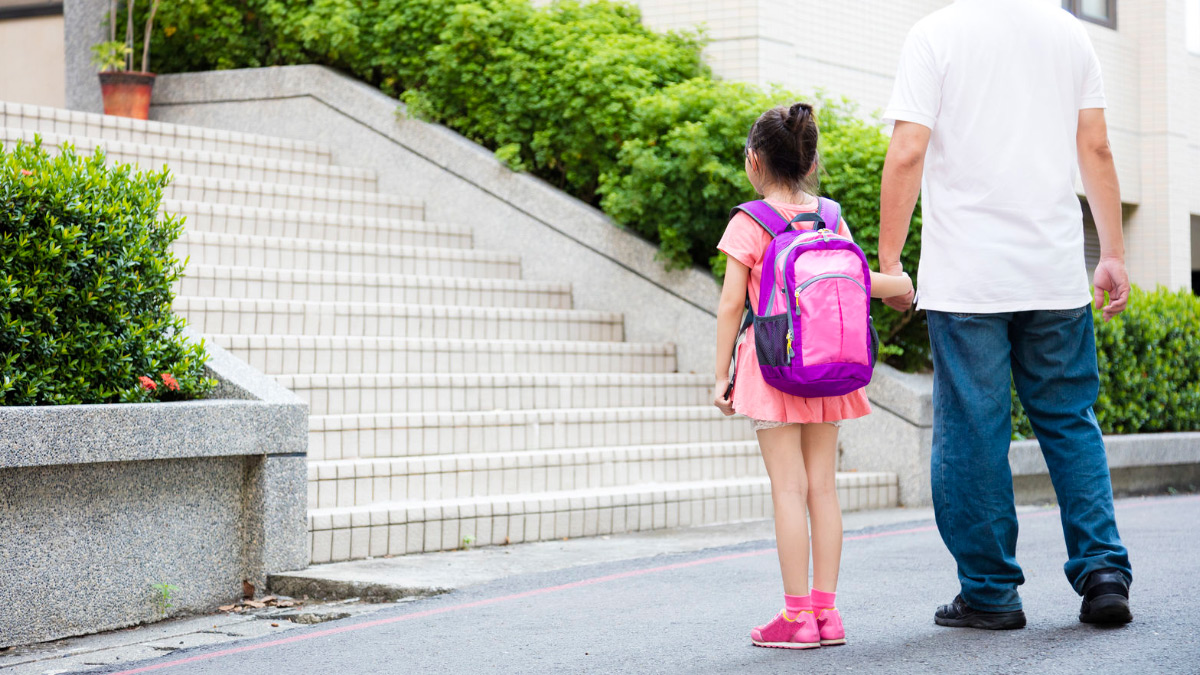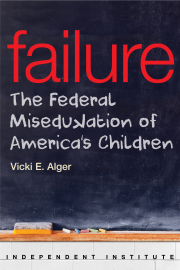There’s no shortage of distortion when it comes to education reform. The recent legislative debate over educational choice in West Virginia is a case in point.
West Virginia public schools receive more than $3.4 billion annually—including appropriations representing about 43 percent of the state budget. Yet most students are not proficient in the basics. Only 28 percent of public-school eighth-graders are proficient in reading, and less than one in five are proficient in math. Little wonder that despite the much-ballyhooed 90 percent public high-school graduation rate, at least one-quarter of high-school graduates need college remedial classes.
Against this backdrop, opposition to education savings account (ESA) programs makes about as much sense as telling people to stick with rotary phones because smart phones are too novel. The “untested” claim makes even less sense given the evidence from programs that inspired ESAs.
Voucher and tax-credit scholarship programs have existed since 1990 and 1997, respectively. Currently, there are about 50 of these programs in place helping more than 450,000 students in 27 states, Washington, D.C., and Puerto Rico. ESAs represent next-gen education choice by helping parents pay for numerous approved education expenses besides tuition, such as tutoring, special education therapies, online courses, and testing fees. Arizona enacted the first program in 2011. Today, about 19,000 students in five states have access to ESAs.
Like all forms of education choice, ESAs are based on the principle that parents (not bureaucrats) know best when it comes to their children’s education.
Fully 78 percent of the 18 studies conducted over the past two decades show improved test scores for scholarship students, according to the pro-charter, ESA nonprofit EdChoice. What’s more, a just-released study from the Urban Institute finds that, compared to their public-school peers, scholarship students are up to 20 percent more likely to earn bachelor’s degrees.
Public-school students who don’t participate in choice scholarship programs also benefit.
Ninety-four percent of the 34 studies examining the impact of scholarship programs on public-school students’ test scores found they improved.
Then there are charter schools, tuition-free public schools following the same testing and admissions requirements as district public schools, which have operated for nearly 30 years. Currently, 3.2 million students, mostly minorities and from low-income families, attend 7,000 charter schools in the United States.
Charter schools positively affect student achievement for less money according to the preponderance of scientific research, including meta-analyses and multi-state studies by researchers from the University of Arkansas, University of California, San Diego, Harvard, Stanford and the RAND Corporation. Want to know how charter schools can work in the real world? Consider Arizona, which has had them for 25 years.
Arizona has the highest concentration of charter students nationwide, 19 percent. About 20 percent of its charters are alternative schools, enrolling dropout, homeless and over-aged students. Despite serving higher percentages of disadvantaged students and receiving around $950 less per pupil than district public schools, Arizona charter students outperform their district peers on the state test across grade levels and subjects regardless of their backgrounds.
Arizona charter students also lead the nation in fourth- and eighth-grade math gains on the National Assessment of Educational Progress (NAEP)—beating powerhouse states like Massachusetts, which have less challenging student populations and spend nearly twice as much per pupil. As for Arizona charter high schools, they dominate US News’ annual national rankings.
Research has long shown that district public schools facing competition for students have higher achievement gains than those not facing competition. Arizona district public schools prove it by outperforming the national averages in terms of NAEP achievement gains across grades and subjects.
Parents don’t need to be bombarded with research to know what education is best for their children. Hopefully, parents find it reassuring that the empirical evidence supports their freedom to choose. Thus, the only question left is just how many more generations of students do lawmakers plan on sacrificing to the status quo before they put the real experts back in charge?









